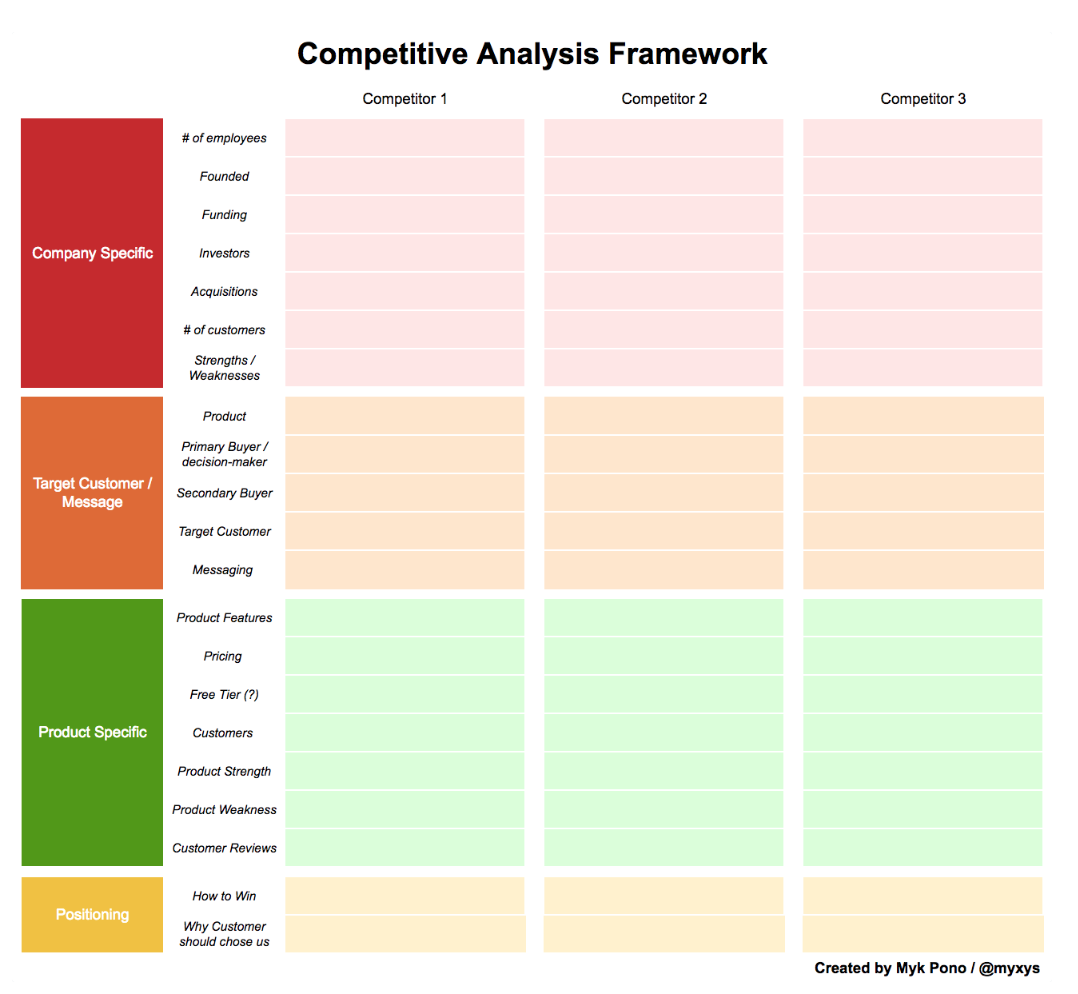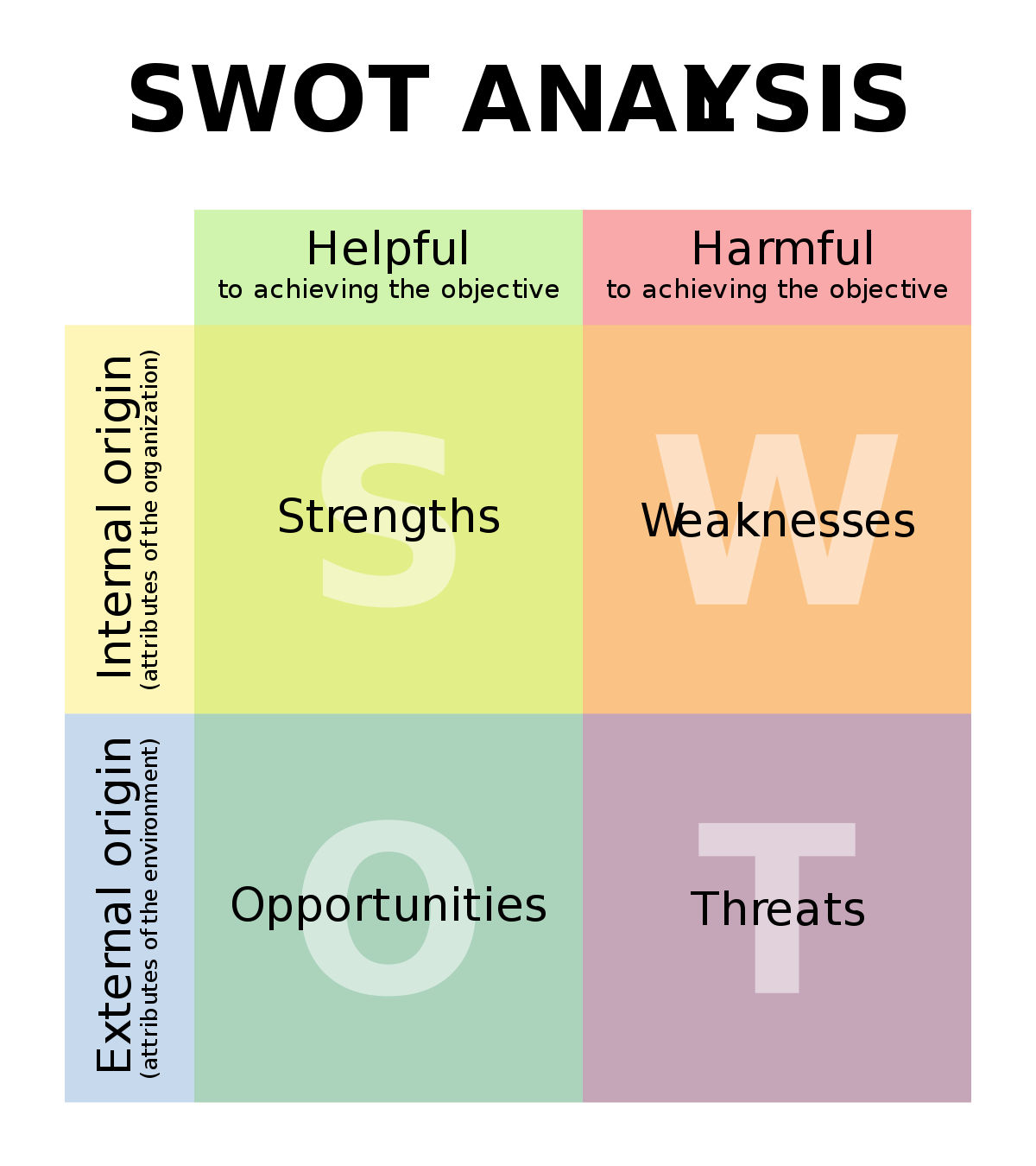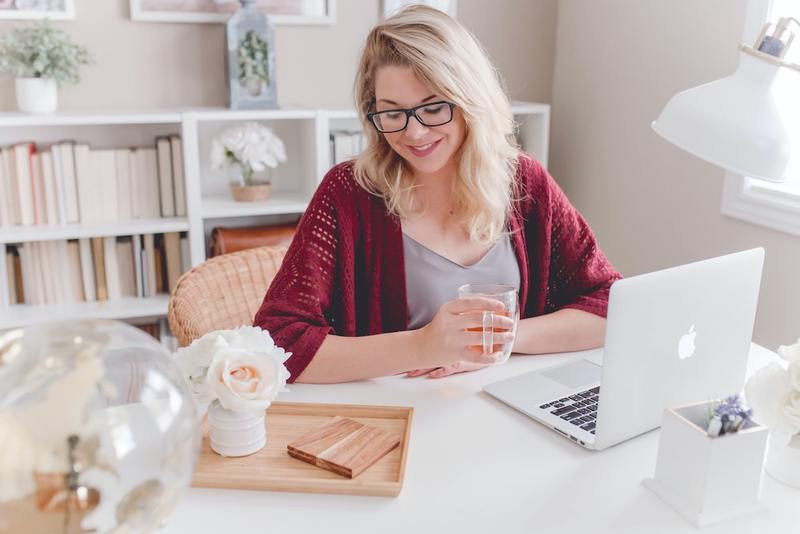If you are starting a new business and looking to pitch your product to investors or aiming to get a grant, the first thing on your to-do list would most likely be writing a business plan. A business plan is a great way to build your company’s strategy, set targets, and monitor the progress. But does it really work?
90% of startups fail. So is it all about having a great plan in place? Is it really worth spending weeks on building predictions, setting hypothetical goals to later confront it with the market and see that… most of the plans fail?
It’s not always a business plan to blame – startups fail, because they don’t achieve product-market fit, face a red ocean of competition or, surprisingly, are launched too early as the market for the solution has not appeared yet.
However, a big chunk of new business fails, because they have a good product idea and a weak plan (or worse – no plan) to move forward with it. To help you reduce the risk of ending up in the 90% of startups that fail, we have prepared some easy to follow, yet effective steps-by-step plan for creating a business plan.
Let's start with a quick overview of what elements we are going to cover:
- Executive summary
- Company description
- Mission statement
- Company history
- Market research
- Competitive analysis
- Marketing and sales
- SWOT analysis
- Financial plan
- Execution plan
1. Create an executive summary
How can you describe your business and its target market with just a few sentences – ideally in less than a minute? That’s what executive summary helps you achieve!
As Albert Einstein once said, “The definition of genius is taking the complex and making it simple.”
Executive summary - Template
A good executive summary is the one your grandma can understand. So how can you pass the test?
You can start with this template of an executive summary to describe your product or service – simply fill in the gaps:
- For [target customers]
- Who are dissatisfied with [current solutions]
- Our [product or service] solves [key customer problems]
- Unlike [competing product], we have [differentiating key features]
Remember that your executive summary should be no longer than one page in a Word document, so try to focus only on the core elements of your business you want to cover.
2. Write a company description
This section of the business plan should include the explanation of who you are and what you are planning to do. After reading your company description, an angel investor or a VC fund should understand why you are different from your competitors and how your product or service stands out.
There are three things you have to nail when writing your company description and building a good business plan.
- Mission statement;
- History;
- Objectives (short- and long-term).
You can also consider including the following –
- Business structure (e.g sole proprietorship, general partnership)
- Business model (SaaS, marketplace)
- Your industry
- Your team and salaries
Mission statement – what is it?
A good mission statement is a declaration of the goal of your business, explaining the why behind your business existence. When writing a mission statement, include the information about why you have decided to found your business in the first place and what drives you to push the business idea forward.
Company history
Start with jotting down the following information, before you work out a more structured version of this section of the business plan.
- Date when the business was founded
- 2-5 core achievements
- Where it is based
- C-line roles/positions in the company
- Core products & offering
Check out how Tesla is covering this part of the business plan on the “About” page.
3. Mention market research
There are at least three core things you have to cover in the market research section:
- Target persona
- Market size
Your target persona represents a hypothetical customer and includes the information about the age, gender, education, profession, hobbies, and other features of your idea customer, both demographic and behavioral.
To define the market size for your product, you have to be quite specific about what qualifies customers for using it. Keeping the definition of your market as rather broad is risky – you may end up in the situation of not aligning your product well enough with diverse needs of a bigger audience.
Instead, choose a niche market. By entering a niche market, you can make it easier to get traction with your product as you won't face that much of competition when starting out. For example, you could decide to target your product at owners of bull dogs by offering tailor-made straps with unique designs, instead of offering the straps to all dog owners.
4. Do competitive analysis
Competitive analysis is a key element of your business plan. Understanding your competitors, their business and marketing strategy could bring up insights that are invaluable in tailoring your strategy for market domination.
You can approach competitive analysis by examining the value proposition of your direct and indirect competitors and describe how you can leverage what you have learnt for your business. Check out this easy to follow template of a competitive analysis and read more on how to fill in one in this post.

5. Describe your marketing strategy
This section of the business plan should describe the ways of attracting new customers and growing your business – your marketing and sales strategy. Make sure you identify the right marketing channels which will help you reach your clients. Here are just some to give you an idea.

Examples of marketing channels
- Email outreach
- Direct mail
- Adwords campaigns
- Running a blog
- Word of mouth
- Customer testimonials on Google
- Display campaigns
Once you have evaluated the potential of these channels, mark those with the highest potential for your business and mention the rest of the channels as supplementary or secondary.
There are also other elements of marketing strategy such as brand messaging, timeline, and budget that you should also describe in detail.
Don't forget about adding a SWOT analysis.
What is a SWOT analysis?
With a marketing SWOT analysis, you can better understand strengths, weaknesses, opportunities, and threats for your new marketing strategy. SWOT analysis is built on grids with bullet points for each section – Strengths (S), Weaknesses (W), Opportunities (O), and Threats (T). Check out this template of SWOT analysis you can copy for your business plan. When filling out the gaps, make sure you don't write full sentences, but rather briefly discuss the main points.
6. Build financial projections
When pitching your startup to an investor you have to build financial projections of how much money your business requires to achieve growth milestones. You should also think of the timeline for when your business will break even and when it will finally starting earning a profit. You have to make sure all numbers are accurate and your expenses are detailed and well-structured. When building a projection refer to reports or market benchmarks to back up your assumptions about expenses and earnings. For example, if you add a digital marketing expenses, you can research how much it costs to hire a digital marketing strategist in your city using some open-source reports on salaries.
Also include cash flow statement to give an idea of what your current cash flow is.
In your financial plan, consider including the following chapters.
12-month income statement (P&L)
This document should include projected sales, cost of goods sold and gross profit. Remember to list your expenses, net profit before taxes, estimated taxes and net operating income.
3-year profit & loss projection
This document is optional – you need only if you are expecting a major change in the company's financials after the first year of operations. Also, sometimes investors require it.
Cash flow projection
Cash flow projection is a plan, not a current state of cash at hand. The projection helps you budget for the upcoming expenses and helps avoid running out of money.
Balance sheet
This sheet shows a projected total assets and liabilities of any business. Here is an example of such a document.

7. Execution plan
Include the information about how you are going to execute the plan and who is going to do it (roles). This section of the business plan should explain who is the management team and the employees as well as their responsibilities. You also have to describe the management teams and core employees – their strengths and the reasons why you chose them to join your startup, especially what skills they bring to the table. In addition, you can mention the ways of hiring new team members and the plans for expansion on the new markets.
Business plan - template
There are various templates of a business plan online. However, we find this one you can download as one of the most comprehensive business plan template you can find online.
